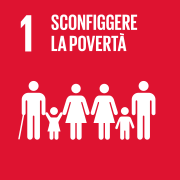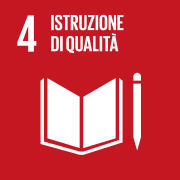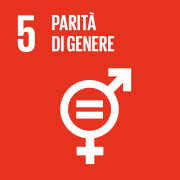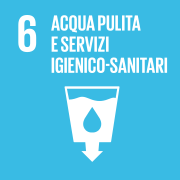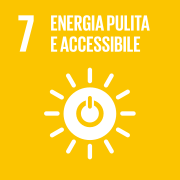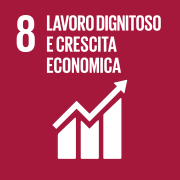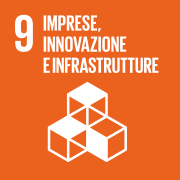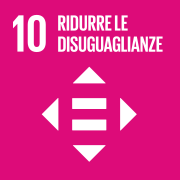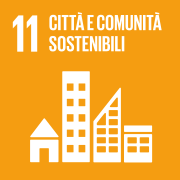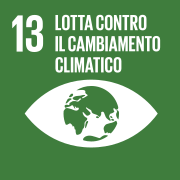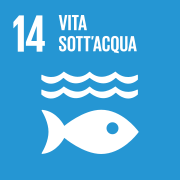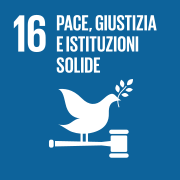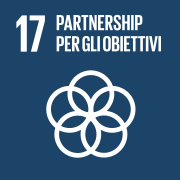
In recent years, the Italian public administration has launched innovative digital tools such as SPID, PEC, PagoPA and the Electronic Identity Card, aiming not only to streamline practices but also to pursue concrete and measurable sustainability.
As the Manifesto for Digital Sustainability – published by the Foundation for Digital Sustainability in 2019 – recalls, the role of digital in society is played on two intertwined planes: the direction we can give to technologies and the feedback they generate on people, the economy and the environment. Precisely this interdependence is the compass that must guide PA’s digital transition towards environmental, economic and social criteria, always considering the entire life cycle – Life Cycle Assessment – of each service.
On the environmental front, digitisation via SPID and CIE significantly reduces paper use and physical travel, with a net cut in CO₂ emissions. The introduction of the IT Wallet, integrated with these digital identities, can eliminate millions of paper copies and trips to public offices. Economically, the savings in time and operating costs resulting from the reduction of manual procedures is already tangible: in 2024, more than 39.2 million SPID identities were issued, up 7 % compared to 2023, and 48.8 million CIEs, a jump of 18 %. The country is thus ever closer to the target set by the NRP – 42.3 million digital identities by 2025.
The PagoPA platform has also put up impressive numbers: in 2024 it handled over 388 million transactions with a total value of around EUR 85.3 billion, reducing the use of paper and the emissions associated with travel to physical counters. The picture confirms the centrality of digitisation in achieving the economic and environmental sustainability targets set at national and international level.
With new data from the Observatory for Digital Sustainability dedicated to the generations, it is possible to take a snapshot of how technology adoption changes with age.
SPID – ‘Digital identity speaks young: boom under 40, slowdown over 60’
Among those born from the late 1990s onwards, awareness is almost total: only 5 % of Gen Z claim not to know what it is, while among Baby Boomers (50s-60s class) ignorance rises to 32 %. It’s not just a question of fame: in everyday use, it goes from 44 % of Gen Z and 47 % of Millennials who habitually use it to just over 1 in 5 of Boomers. In practice, more than half of the over-60s either know it but do not use it (about 31 %) or have never heard of it. The gap stems from digital literacy and perceived usefulness: younger people, immersed in online practices for study, work and family, find it natural to deal with recognition via webcam or SMS OTP; those who grew up with counters and paper forms tend to be wary of those initial steps and prefer traditional procedures.
CIE – ‘CIE, the sleeping microchip: mass document, niche digital identity’
The Electronic Identity Card (CIE) paints a different picture. Emissions are close to 49 million, a sign that the ‘physical’ document is now ubiquitous. Yet its chip remains little exploited.
Among the under-30s, the picture is promising: ignorance of the tool is just 6.9 % and almost a third (31.8 %) use it on a regular basis, while another 29.7 % activate it only when needed. In the Millennials, the engine is slowing down: habitual use drops to 27.6 % and more than a third (35.6 %) know the card but never use it; in Generation X, the share of regular users thins out to 22.9 % and the filter of inertia remains the same (35.5 % ‘I know but do not use’) .
The real collapse is among Baby Boomers: four out of ten have never heard of the CIE and only 12.5 per cent use the chip on a regular basis.
Young people and Millennials own the card but rarely use it to authenticate themselves: SPID, which does not require NFC readers or the storage of PINs and PUKs, is perceived as more immediate. In contrast, a twofold phenomenon is observed among Baby Boomers: a substantial proportion is unfamiliar with the CIE as a digital tool (many may still have active paper ID cards and have not followed the electronic transition), and those who do have them often do not take advantage of the electronic chip. It can be assumed that a significant proportion of over-65s are not aware of the possibilities offered by the online CIE or do not have the tools (appropriate smartphones, readers) to use it. In terms of regular use, all generations show lower percentages than SPID: the CIE, although a widespread document, is used by a minority on a regular basis for digital services. This trend indicates practical barriers (e.g. needing to remember PIN/PUK, owning an NFC reader or phone) and perhaps greater mistrust of security or technical difficulties among older people. The implications are that despite the high ‘physical’ adoption rate of the CIE, the accessibility of its digital functions needs to be improved.
PagoPA – “Millennials’ online wallets: half of the Boomers stay at the counter”.
The age factor also affects PagoPA, the platform for electronic payments to the PA. Only 11 per cent of Gen Z do not know what it is; more than one in four (28 per cent) use it regularly to pay taxes, bills or public services, but the record is held by Millennials, who reach 32 per cent. Gen X (born ’65-80) stops at around 25 %. The situation for the over-60s is quite different: almost half (47.5 %) do not know the platform at all and barely 10 % use it frequently. The reasons are unfamiliarity with home-banking and cards, fear of fraud or errors, and the procedure – generating the ‘notice’ and completing the deposit – perceived as cumbersome. To bridge the gap, assisted counters in the municipalities are suggested, where an operator helps the citizen to complete the digital payment.
PEC – ‘PEC, the e-mail with legal value: tool for insiders, senior in reverse’
PEC (Certified Electronic Mail) offers an even more nuanced picture. Among the active generations (Gen Z, Millennials, Gen X) less than 9 % do not know what it is, but among Boomers the percentage of those who have never heard of it jumps to 40 %. And knowing does not mean using: over 37 % of Millennials and 38 % of Boomers know what PEC is but have not activated it. Regular use remains niche: 18% of Gen Z, 30% of Millennials and just 9% of the over-60s use it regularly. The reasons? PEC was created as a tool with legal value for professionals, businesses or certain practices with the PA; the ordinary citizen perceives it as a bureaucratic burden that can be avoided as long as it is not compulsory. Activation requires a subscription with a provider and some technical steps; the interfaces are not always user-friendly, and the management of delivery receipts can be confusing. For boomers, the lack of training weighs most heavily: those who do not understand its usefulness and operation are unlikely to adopt it. There is, however, room for spread: promoting CEM as a secure channel for communicating with the PA and offering free solutions linked to SPID or CIE would lower the barrier to entry, especially among the most wary.
Conclusion- ‘Closing the digital divide for a more sustainable and inclusive Italy’
To bridge the generation gap and strengthen the adoption of SPID, CIE, PagoPA and PEC, we need digital literacy programmes, assisted counters in municipalities and even more intuitive interfaces, especially for the over-60s. Investing in targeted campaigns explaining the concrete advantages – from reduced waiting times to secure payments – would increase trust and everyday use of these tools. Integrating different identities into the future IT Wallet, with guided and simplified onboarding, could lower the entry threshold even further. Each new digital user means less paper, less travel, less CO₂ and, at the same time, faster procedures and reduced costs for the PA. Reducing the digital divide, in short, has a direct impact on the country’s environmental, economic and social sustainability: a lever that Italy can no longer afford to neglect.
